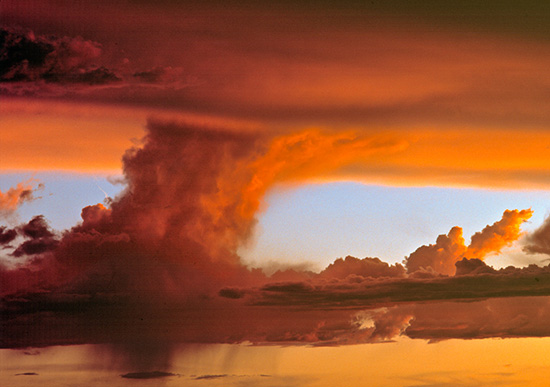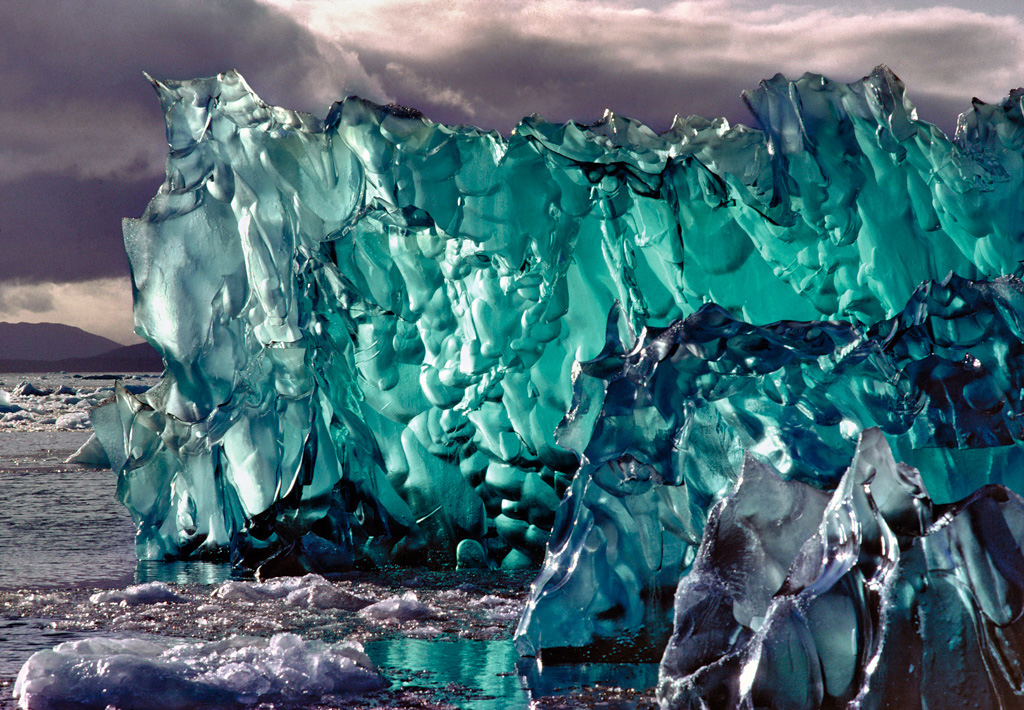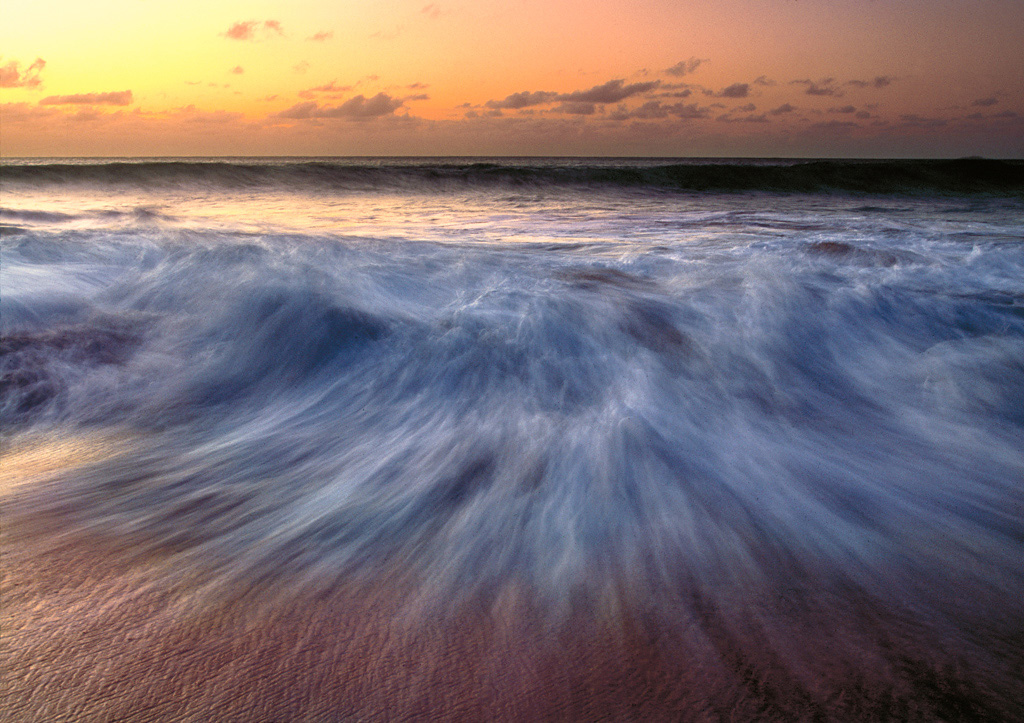He draws up drops of water, which distill as rain from the mist, which the clouds drop down and pour abundantly on man. Job 36:27-28
 At this also my heart trembles, and leaps from its place. Hear attentively the thunder of His voice, and the rumbling that comes from His mouth. He sends it forth under the whole heaven, His lightning to the ends of the earth. After it a voice roars; He thunders with His majestic voice, and He does not restrain them when His voice is heard. God thunders marvelously with His voice; He does great things which we cannot comprehend. For He says to the snow, “Fall on the earth”; likewise to the gentle rain and the heavy rain of His strength. He seals the hand of every man, that all men may know His work. The beasts go into dens, and remain in their lairs. From the chamber of the south comes the whirlwind, and cold from the scattering winds of the north. By the breath of God ice is given, and the broad waters are frozen. Also with moisture He saturates the thick clouds; He scatters His bright clouds. And they swirl about, being turned by His guidance, that they may do whatever He commands them on the face of the whole earth. He causes it to come, whether for correction, or for His land, or for mercy. Job 37:1-13
At this also my heart trembles, and leaps from its place. Hear attentively the thunder of His voice, and the rumbling that comes from His mouth. He sends it forth under the whole heaven, His lightning to the ends of the earth. After it a voice roars; He thunders with His majestic voice, and He does not restrain them when His voice is heard. God thunders marvelously with His voice; He does great things which we cannot comprehend. For He says to the snow, “Fall on the earth”; likewise to the gentle rain and the heavy rain of His strength. He seals the hand of every man, that all men may know His work. The beasts go into dens, and remain in their lairs. From the chamber of the south comes the whirlwind, and cold from the scattering winds of the north. By the breath of God ice is given, and the broad waters are frozen. Also with moisture He saturates the thick clouds; He scatters His bright clouds. And they swirl about, being turned by His guidance, that they may do whatever He commands them on the face of the whole earth. He causes it to come, whether for correction, or for His land, or for mercy. Job 37:1-13
Does the rain have a father? Who fathers the drops of dew? From whose womb comes the ice? Who gives birth to the frost from the heavens when the waters become hard as stone, when the surface of the deep is frozen? Job 38:28-30, niv
All the water that has ever been on earth is still on earth. There has never been or will there ever be any more or less. Always moving, always recycling, it changes from liquid to gas to solid to liquid again—visiting oceans, air, clouds, mountains, glaciers, lakes, rivers, plants, animals, humans, soil, and oceans again. What a story it might tell if it could talk; the water you drank this morning may have been calmed by Jesus on the Sea of Galilee almost two thousand years ago.
Seen from a small wooden boat in an ice-laden lagoon, the sixty-foot face of San Rafael Glacier looked especially large, particularly when a fifty-ton chunk broke loose and crashed into the water in front of us. Rolling over and resurfacing as an iceberg, it displayed its jewel-like beauty to the world. But its newborn splendor was brief, as its finely cut edges and deep clear color were quickly dulled by the warmth of the sun. Front-lit and seen from a distance, the iceberg looked black and void of form. But when we maneuvered behind it so that it was backlit by the sun, we were shown the full glory of God’s fleeting creation.
The earth is the Lord’s, and all its fullness, the world and those who dwell therein. For He has founded it upon the seas, and established it upon the waters. Psalm 24:1-2
Tidal range is the height difference between high tide and low tide, and it varies greatly from one part of the world to another. The largest tidal ranges are seen in the Bay of Fundy, between the Canadian provinces of New Brunswick and Nova Scotia, and in the Gulf of St. Malo, between France and England, where average daily ranges can be as great as thirty-five to forty feet.
Photo Locations: 1. Silver Creek, Oregon; 2. Thunderstorm, Northern Arizona; 3. Christina Falls, Mt. Rainier N.P., Washington; 4. Iceberg, San Rafael Lagoon, Chile; 5. Mt. Osorno and Petrohue Falls, Chile; 6. Papahaku Beach, Molokai, Hawaii




